I need to find a performant and smart way to redesign the formula or the tables on which it depends (COSTO_DUMMY and GG_TARGET). Can you help me, please? I can add new support tables if needed
COSTO_DUMMY
| key | cost |
|---|---|
| AP01100GENNAIO | 33.9492 |
| AP01100FEBBRAIO | 32.108 |
| AP01100MARZO | 27.889 |
| AP01100APRILE | 34.7004 |
| AP01100MAGGIO | 29.2037 |
| AP01100GIUGNO | 33.3176 |
| AP01100LUGLIO | 31.6459 |
| AP01100AGOSTO | 49.5292 |
| AP01100SETTEMBRE | 29.51 |
| AP01100OTTOBRE | 31.129 |
| AP01100NOVEMBRE | 30.776 |
| AP01100DICEMBRE | 34.7 |
GG_TARGET
| key | days |
|---|---|
| 0050001643GENNAIO | 16.2 |
| 0050001643FEBBRAIO | 18.4 |
| 0050001643MARZO | 21.5 |
| 0050001643APRILE | 16.7 |
| 0050001643MAGGIO | 20.4 |
| 0050001643GIUGNO | 17.5 |
| 0050001643LUGLIO | 18.4 |
| 0050001643AGOSTO | 7.5 |
| 0050001643SETTEMBRE | 20.4 |
| 0050001643OTTOBRE | 19 |
| 0050001643NOVEMBRE | 19.5 |
| 0050001643DICEMBRE | 15.8 |
FACT_TABLE (the structure of this table cannot be modified); I have two column headers in a fixed position: the first one with AP% codes, the second one with the months
| AP01100 | AP01100 | AP01100 | AP01100 | AP01100 | AP01100 | AP01100 | AP01100 | AP01100 | AP01100 | AP01100 | AP01100 | |
|---|---|---|---|---|---|---|---|---|---|---|---|---|
| GENNAIO | FEBBRAIO | MARZO | APRILE | MAGGIO | GIUGNO | LUGLIO | AGOSTO | SETTEMBRE | OTTOBRE | NOVEMBRE | DICEMBRE | |
| 0050001643 | 1 | 4 |
I need to do this formula for each row of the fact table (to be added next to "DICEMBRE"):
(1 * jan_cost * jan_days + 1 * feb_cost * feb_days + ... + 1 * dec_cost * dec_days) +
(4 * feb_cost * feb_days + 4 * mar_cost * mar_days + ... + 4 * dec_cost * dec_days) +
(0 * mar_cost * mar_days + 0 * apr_cost * apr_days + ... + 0 * dec_cost * dec_days) +
.....
(0 * dec_cost * dec_days)
The meaning is: I want to recruit 1 person from january to december and 4 people from february to december (that's why the "4" from fact table ignores january information)
I started writing the following formula (only for the first person to recruit on january and it's missing a vlookup for gg_Target, anyway I think it's clear the way I am thinking about it... the wrong way) but I really hope there is something smarter:
=vlookup(concat(offset(G27;25-row();0);offset(G27;26-row();0));COSTO_DUMMY;2;FALSE)*G27 +
vlookup(concat(offset(G27;25-RIF.RIGA();1);offset(G27;26-row();1));COSTO_DUMMY;2;FALSE)*G27
....
In this formula I have the "1" of the fact_table on G27 cell (hence offset(G27;25-row();0) gives me "AP01100" while offset(G27;26-row();0)) gives me "GENNAIO")
Please, note that I want a constant value, so I am not expecting to use ctrl+shift+enter.
I have this office version

